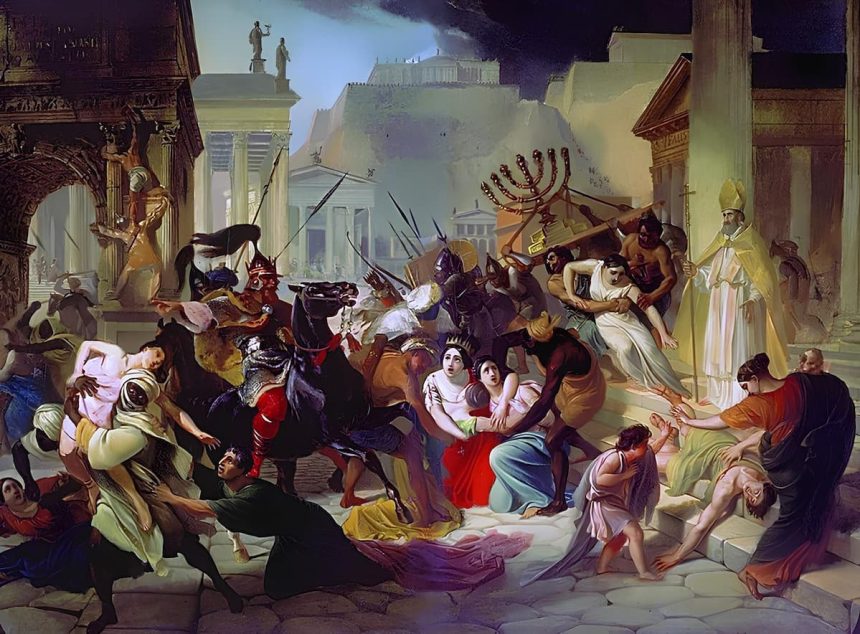Fall of the Western Roman Empire in 476: History, Causes and Consequences
The fall of the Roman Empire: the expression was first used in Edward Gibbon's 18th-century The History of the Decline and Fall of the Roman Empire.

The fall of the Roman Empire: the expression was first used in Edward Gibbon's 18th-century The History of the Decline and Fall of the Roman Empire.


